

Handbells - Musician's Friend or Amazon
These colored bells are easy to play. See the bells Powerpoint presentation with simple songs presented in colored-coded notation. Demonstrate the concept of sound vibration by letting the sound die away or stopping the sound with your hand or body. Count the 8 bells in the musical major scale. Listen to the difference between low do and high do (the 2 red bells).
Glockenspiel Bell Bars - Musician's Friend or Amazon
This set of glockenspiel bell bars are good for classroom use because you can pull out only the bars you will be using. Each child can take one bell and mallet. Using the black bells only will give you the pentatonic 5-note scale. You can divide the black bells in half and practice musical melody questions and answers with the teacher and a student. Count 8 beats for the question and 8 beats for the answer. Improvise the melodic question and answer with your students. Demonstrate lower and higher pitches or tones by the size of the tone bar. Listen as you play the larger bars (lower pitch or tone) and move through the musical scale to the smaller bars (higher pitch or tone). Explore vibration by demonstrating deadening of the sound as you hit the tone with your mallet.
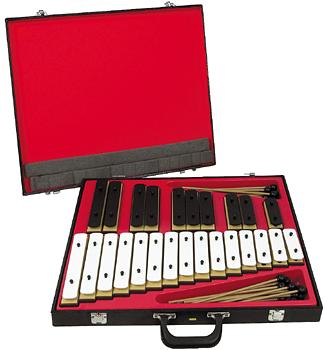
Step Bells - Musician's Friend or Amazon
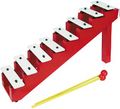
The step bells are an excellent way to demonstrate pitch and vibration from low to high. Show students how the size of the bar results in changing pitch.
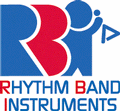 Rhythm Instruments
Rhythm InstrumentsRhythm instruments can be used to teach steady beat. Children can learn aural discrimination by playing rhythm echoes. Play the syllables in words, nursery and jump rope rhymes. Use the BINGO song and teach children to recognize the BINGO rhythm. Use the rhythm cards to learn how to read rhythm. See the Powerpoint presentation - Rhythm Echoes.
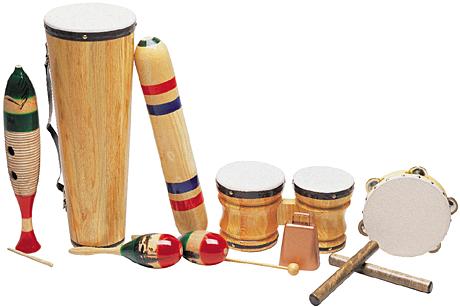
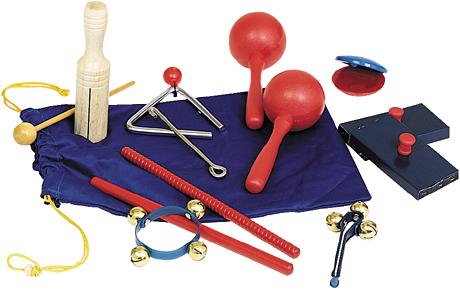
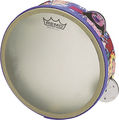 Tambourines
Tambourines
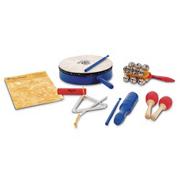
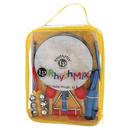 Rhythm
Band in a Backpack
Rhythm
Band in a Backpack
World Rhythm Instruments 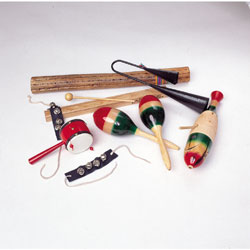
Remo Musical Fruits and Vegetables 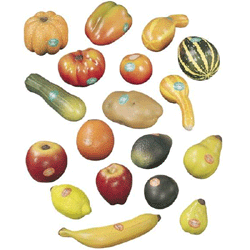
Remo Drums
The Indian Gathering Drum is a wonderful instrument for calling children to a circle on the floor. Rhythm echoes with teacher and student can be played on one drum with the teacher and student each taking one of the soft mallets. A rhythm echo relay is effective with older students. Keep a steady beat in mind as the teacher plays a rhythm. Each student lines up to play the echo and hands off the mallet to the next in line. The goal is to keep the rhythm echoes going without losing the beat.

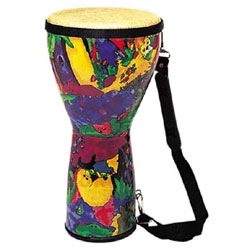
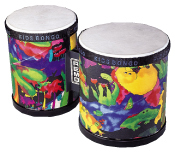
 The Metronome
The Metronome
The metronome is a great way for children to begin to understand tempo. The old fashioned metronome provides the numbers of beats per minute. Children can hear and see the beat as they change the tempo. Newer, electronic versions are also available. An online resource that you may find useful is Metronome Online - http://www.metronomeonline.com/ or http://a.bestmetronome.com/
Making Your Own Instruments
 Nancy Stewart
Nancy Stewart